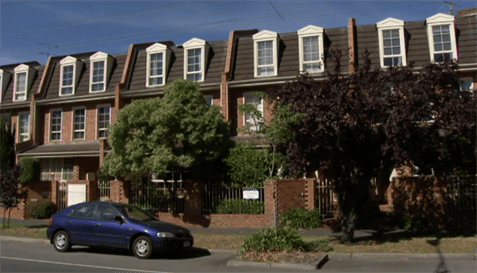Looks like the book is not yet closed.
Even though housing experts predicted the housing bubble to deflate in 2016, major cities in the country are still on the rise.
Major city markets of Sydney and Melbourne are experiencing property price increase, with more than 15 percent and more than 13 percent, respectively.
The increase was supported by the surge in prices last November and December, a result that was not anticipated by many.
In 2016, capital growth was staying above the 10 percent mark across the five biggest capitals of Australia, despite the efforts of regulators to control the situation by limiting finance. With this, it is easy to know why there is a high demand from investors for residential properties.
CoreLogic calculated that housing as an asset class has earned a total annual return of 14.7 percent. This is based on the combined capital cities index and factored in gross yields and capital gains.
Last year was the year when the five-speed property emerged. Sydney was described as the strongest performer; while on the other hand, Melbourne, Canberra, and Hobart were going to the same level as well.
“The divergence in growth rates is the most distinct in Melbourne and Brisbane, where concerns around unit oversupply have eroded buyer confidence,” said CoreLogic head of research Tim Lawless.
Meanwhile, there are other cities following the pursuit. Brisbane and Adelaide, who is both registered healthy, had 3.6 percent and 4.2 percent growth, respectively. Even though a lot of cities rose, Perth dropped down with a 4.3 percent fall.
Regional Australia, on the other hand, continued to hop with a 2.8 percent increase, but with some patchy areas, such as Western Australia where mining towns’ home values dropped low.
Another aspect of the multi-dimensional property market is the value gains of apartments are weaker compared to houses.
“Melbourne house values are up 15.1 percent over the year compared with a 1.7 percent rise in unit values, while Brisbane house values are 4.0 percent higher over the year, with unit values falling by -0.2 percent,” CoreLogic stated.
The overall results for 2016 show that the housing cycle, which started in 2012, is performing better than how economists had expected it would be.
Looking at the positive effects of the housing growth, this has helped a construction sector to pick up the pieces after the mining boom and has contributed to the wealth effect of property owners, hence creating consumer confidence.
With this, property brokers victoria will have the freedom to show properties more properties since consumers have more confidence in buying properties this year. Real estate agents should get prepared to have more time for home tours and to accommodate interested buyers and sellers.



